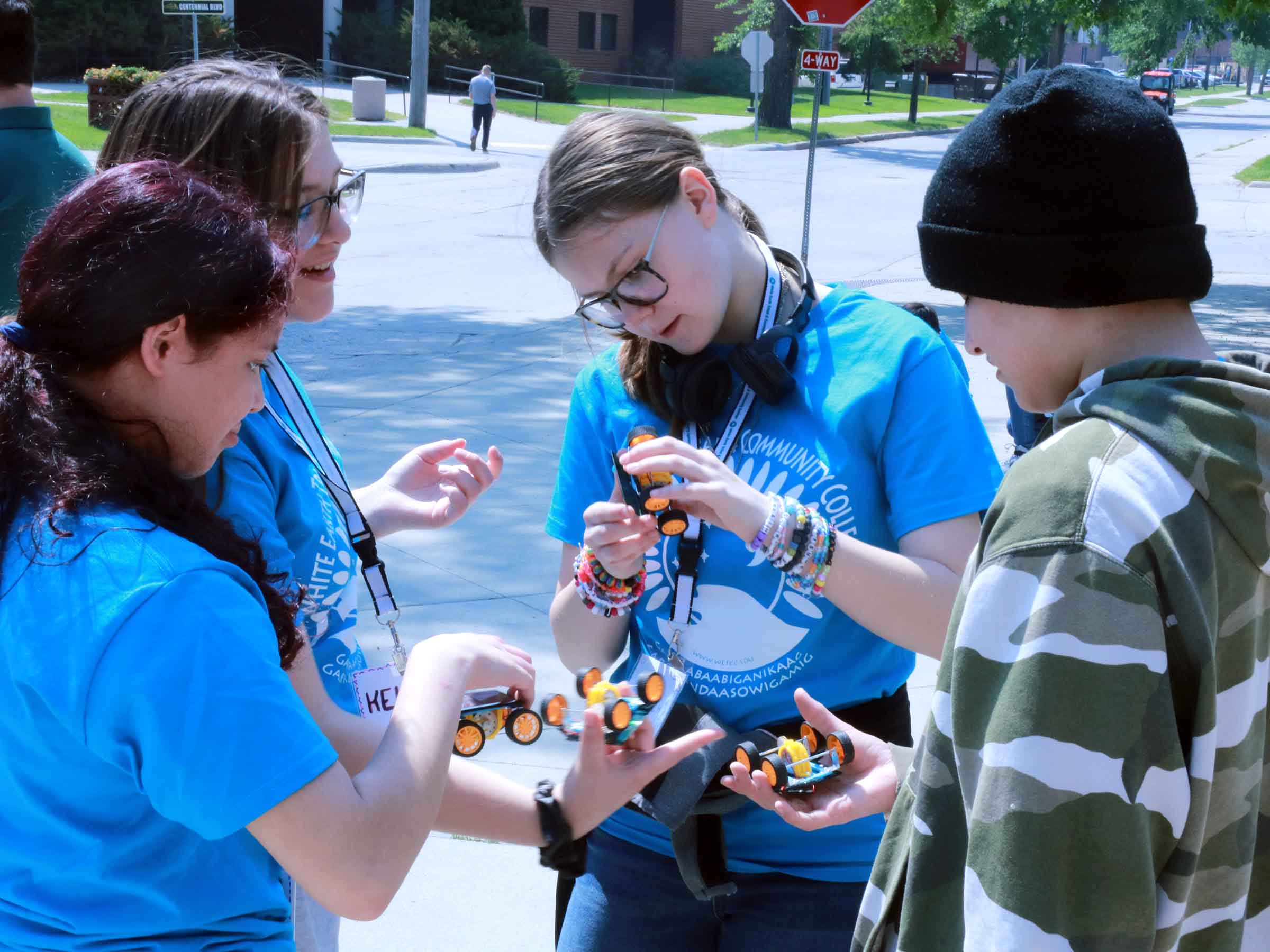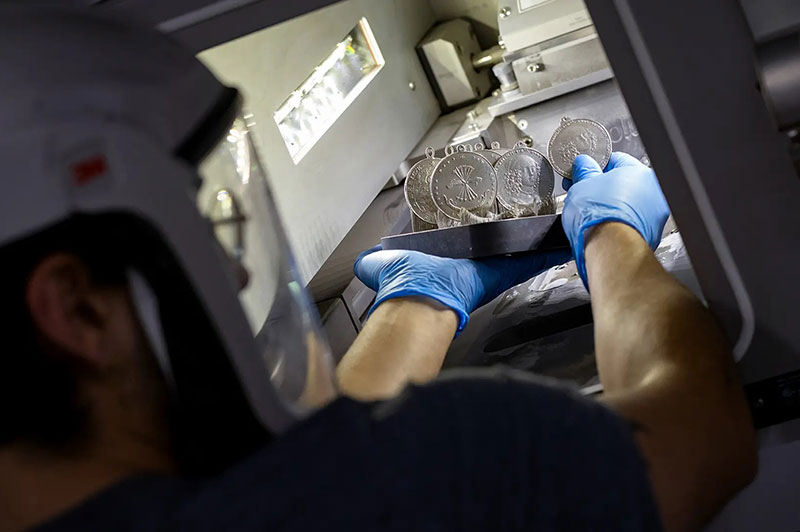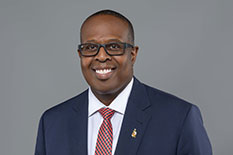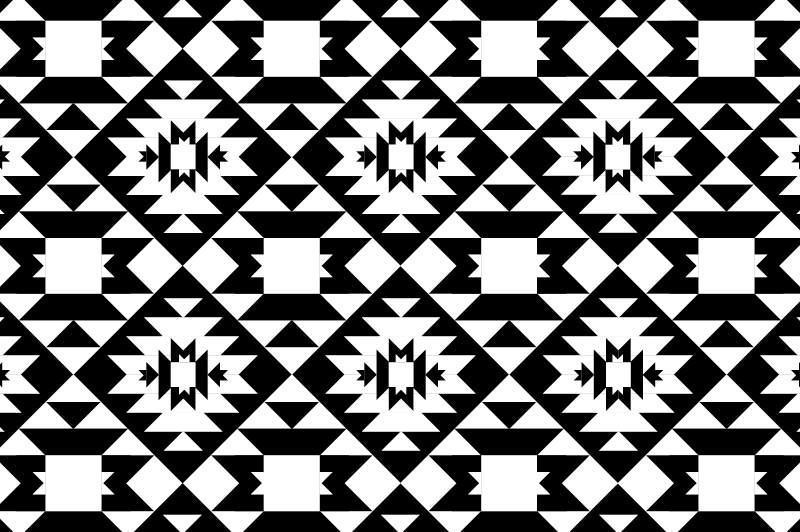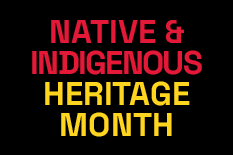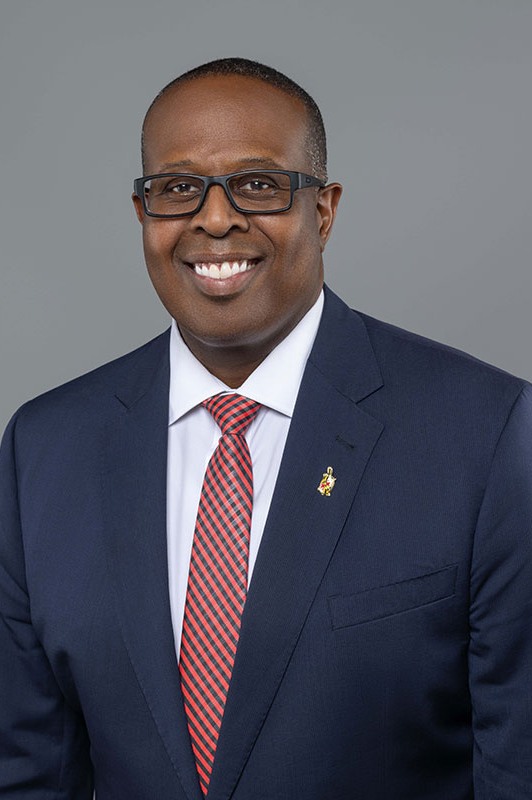Collaboration Aims to Serve—and Inspire—Tribal Communities
November 3, 2025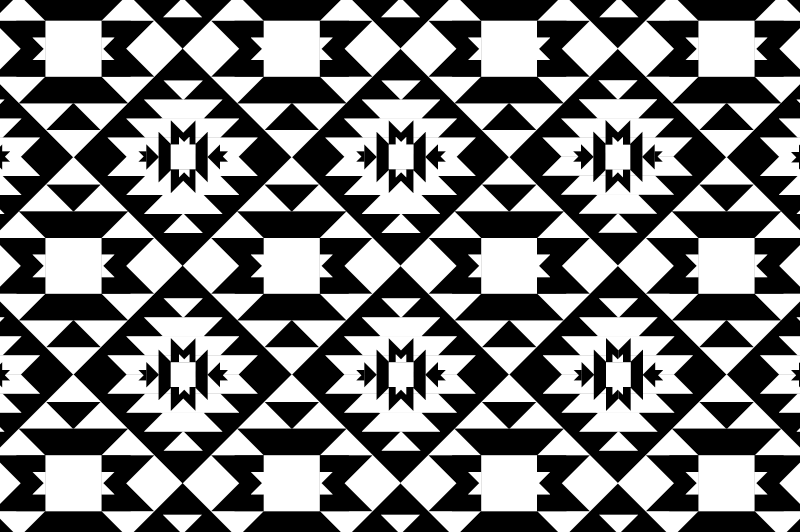
Read Dean Graham's Native and Indigenous Heritage Month Message
For Native and Indigenous Heritage Month, the Clark School talked with program manager Joanna Avery about the work of the University Transportation Center for MultiModal Mobility (CMMM) that runs a $10 million U.S. Department of Transportation (USDOT) grant focused on the connectivity and mobility of people and goods in urban, rural, and tribal areas.
Can you tell us about the mission of CMMM and how the Clark School center came to be?
Avery: CMMM was founded in 2023 by a five-year grant from USDOT that brought together a diverse team of collaborators from universities, government agencies, and industries to advance transportation solutions that enhance mobility, sustainability, and safety—for communities nationwide. To do this, the center's consortium members—University of Maryland, Morgan State University, San Jose University, North Dakota State University, and White Earth Tribal and Community College—collaborate to create opportunities for research and outreach.
What kind of work does CMMM focus on to develop these new transportation solutions?
Avery: The center's areas of focus are research and education—specifically driving interest in STEM and transportation among K-12 students and students early in their college careers. As of a few months ago, we had 33 active grant projects, most research-based, being worked on by our consortium members. For just one example, North Dakota State University conducted an Analysis on Traffic Safety and Mobility for Tribal Communities under Severe Weather Conditions.
Can you tell us more about CMMM's work to benefit rural and tribal communities?
Avery: The majority of transportation research funding goes to studying urban transportation and mobility issues. But that can leave rural populations behind. White Earth Tribal and Community College (WETCC) in Mahnomen, Minnesota—whose mission focuses on academic excellence grounded in Anishinaabe culture—concentrates on the Indigenous populations in that area. For these rural and tribal communities, CMMM is working on pedestrian safety and how to improve mobility. We also conduct outreach, including the summer camps we put on.
What can you tell us about the summer camps for students?
Avery: Over two weeks this past summer in Minnesota, we held STEM transportation camps in collaboration with partners at WETCC. The younger students had the chance to explore key concepts in STEM, including energy systems, the impact of transportation and fossil fuels, and the risks associated with oil pipelines—an important issue for the White Earth Nation and the other communities in Minnesota. For students of all ages, our goal is to generate interest and create possibilities by introducing them to professors and to research pathways that might be new to them.
How does this work in the Upper Midwest benefit UMD?
Avery: In a lot of ways. Of course, there are rural and tribal populations here in Maryland, so our research and outreach there can apply here. Also, in order to keep our systems—whether industrial or academic—functioning at their best, we need a diversity of backgrounds, opinions, and voices. People raised in a city might not notice what people raised in a rural area might. Our goal is twofold—we aim to broaden students' education and perspective, but it also benefits us. We hope that by inspiring these young learners, some will choose to continue their academic journeys and research careers here at UMD.

